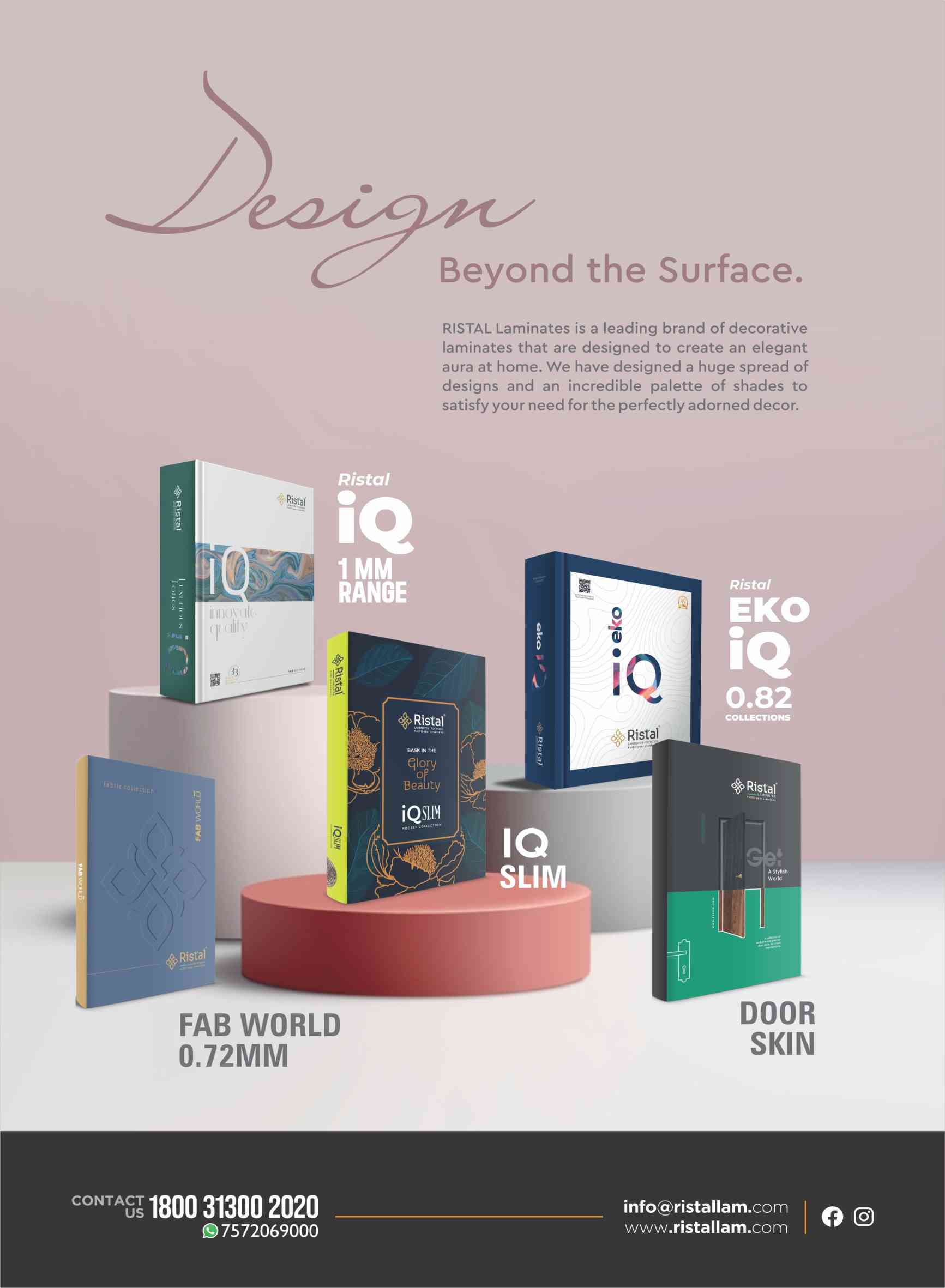
Ikea imagines home life post-COVID-19
- जुलाई 12, 2020
- 0
Ikea imagines home life post-COVID-19, and it’s wild
If sheltering in place has taught us one thing, it’s that your home has to be more than a place to sleep. It’s where we live a lot of our lives—and even work and teach school—and so spending on indoor and outdoor furniture has gone through the roof.
In response to the COVID-19 era, Ikea and its innovation lab Space10 haven’t just put a bunch of bookshelves on sale. They’ve seized the moment to launch a series of radical home concepts called Everyday Experiments. Hosted on a new website, the project includes 18 avant-garde ideas, created by several design firms,that explore the question, “How will tomorrow’s technologies redefine the way we live at home?” These conceptual illustrations are powered less by cotton and beechwood than by artificial intelligence and augmented reality.
The actual tie-in to COVID-19 isn’t literal. There are no sterilizing lights or masks to be found in the collection. Instead, Ikea is noting the moment of change in our lives to introduce some interesting and even zany ideas.
In Optical Soundsystem, the design studio ManvsMachine suggests that augmented reality could visualize the sound coming out of Ikea speakers. That idea could be pretty lame, but in practice, ManvsMachine imagines the sound as a technicolor rainbow of flowing sand, pouring across your floor through your furniture legs. (The sand isn’t meant to be real sand, but a visual illusion.) To actually make this work would require tons of technology, like mapping your room in 3D, understanding the exact positioning of speakers in relation to one another, and somehow projecting this visualization across your space. But don’t think about all those hurdles for the moment. Because it looks incredible.
Other projects are more practical. Point and Repair, by Random Studio, imagines using augmented reality and object tracking cameras to let you literally point at a piece of furniture, have it scanned, and allow automation to detect what’s broken and how it might be fixed. It certainly sounds too good to be true (without integrated sensors
in your furniture, how could a camera see that a screw on the inside of your cabinet was stripped?). And yet, that almost-possibleness of the idea is exactly what makes it so attractive.
Of course, Ikea is using the opportunity to try to sell you more stuff, too. A prototype called Room Shuffle, by Bakken & Bæck , can use a camera to scan a corner of your room, then use algorithms to responsively fill it with a comfortable mix of Ikea furniture, like chairs, lamps, and couches. If that doesn’t offer the selection your looking for, there’s always Neverending Catalogue, by Philip Henningsen, which uses procedurally generated imagery—the same machine learning image creation algorithms behind deep fakes—to produce an uncanny riff on an Ikea bedroom that’s unique to your space. You keep refreshing options until you find something that you like. (In theory, Ikea could build it custom for you, too.)
None of these ideas can give you more bedrooms, stretch that tiny balcony into a full garden, or ensure the most important aspect of COVID-19 life inside: that the air you’re breathing is free from contamination. That said, Ikea is making another statement: that it’s not content with the status quo of home design. And it will capitalize on a global pandemic to disrupt the way we think about how we live.































































